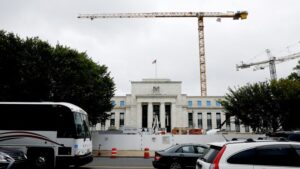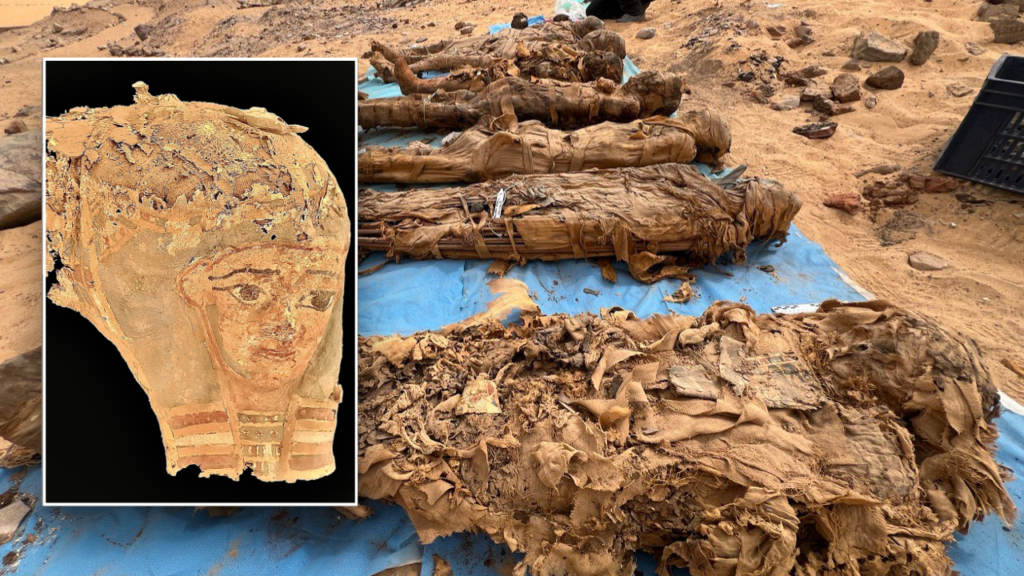Archaeologists from the University of Milan recently made an exciting discovery in Egypt – a “City of the Dead” that contained hundreds of ancient tombs. The tombs were located near the Mausoleum of the Aga Khan in Aswan, a city in southern Egypt. According to Patrizia Piacentini, an Egyptology professor at the University of Milan, the site is estimated to contain between 300 to 400 tombs, with the possibility of even more waiting to be unearthed.
The tombs at this site were used for nearly a millennium, from the sixth century BC to the second century AD, with family tombs being reused over the centuries. Excavations at the site began in 2019, revealing previously unknown tombs that surprised archaeologists. Images from the site show a line of well-preserved mummies outside the tomb, along with mudbrick walls and an interior courtyard. The press release states that in ancient times, the structures would have provided a stunning sight, especially during feasts when they may have been illuminated by lamps.
Dating back to the Greco-Roman Period, the tombs at the site were looted in ancient times but still contain dozens of mummified bodies and parts of funerary equipment. Among the findings were the remains of an adult, likely a woman, and a child estimated to have died between the ages of 1-2 years old, resting together in a stone coffin in one of the tombs. Additionally, painted terracotta figurines, coffins made of wood and stone, offering tables, and funerary masks were also uncovered.
The Egyptian-Italian Mission at West Aswan conducted radiological analyses on the bodies found at the site. The results revealed that a significant percentage of the individuals buried there were infants, children, or adolescents. Some individuals showed signs of infectious diseases, metabolic disorders, anemia, malnutrition, tuberculosis, osteoarthritis, and even evidence of amputation with signs of healing. This suggests a diverse range of causes of death, from infancy to old age.
Piacentini described the site as a “city for eternity,” noting its uniqueness in terms of size and structure. The site encompasses two hills with 8 to 10 terraces each, uncommon for ancient Egyptian tombs which typically have 2 to 4 terraces. This vast necropolis offers a glimpse into the burial practices and lives of ancient Egyptians from various social backgrounds.
The discovery of the “City of the Dead” in Aswan adds to the rich tapestry of Egypt’s archaeological wonders. As researchers continue to uncover more tombs and artifacts at the site, the story of this ancient city and its inhabitants will become clearer. The ongoing excavations promise to shed light on the rituals, beliefs, and daily life of the people who lived and died in this unique burial ground.











